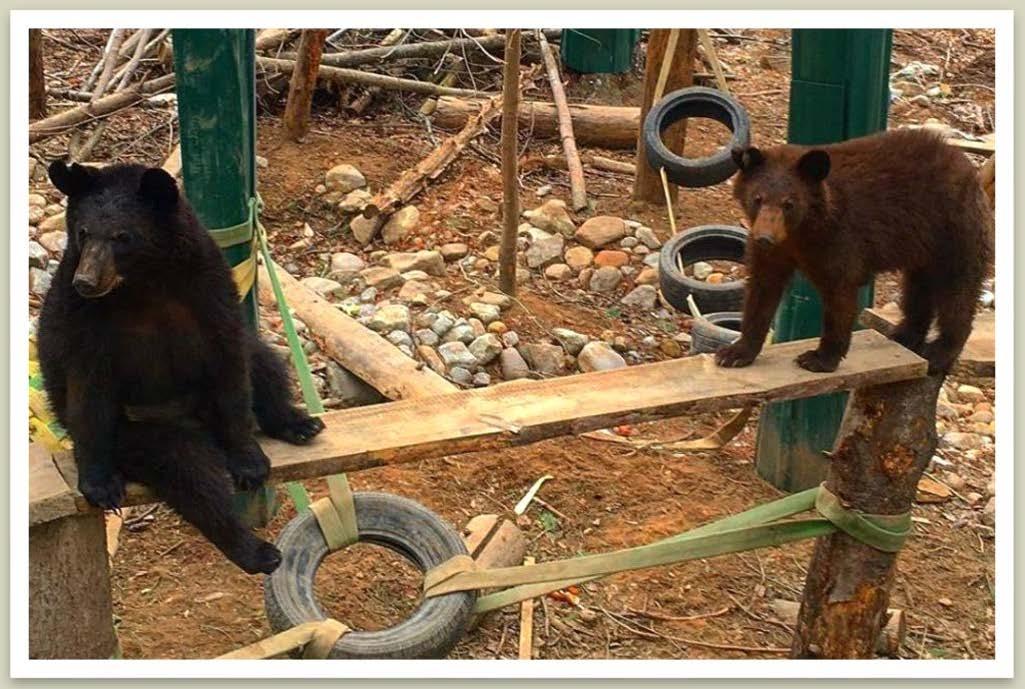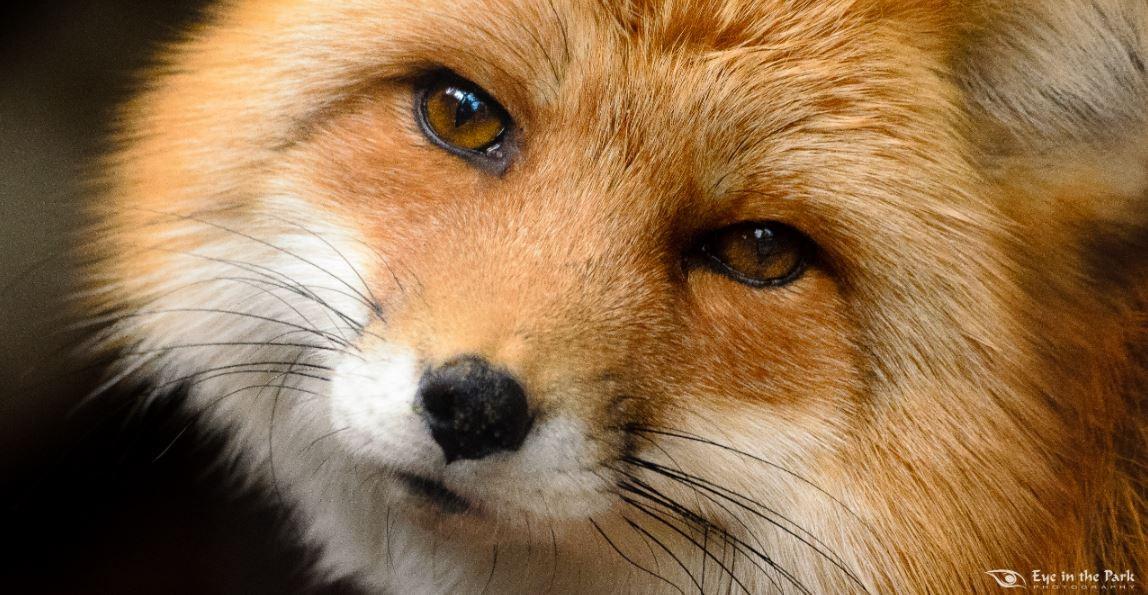
4 minute read
Adirondack Wildlife Refuge in Wilmington, NY

WILMINGTON, NY
By Anna Forsman


The Adirondack Park, located in upstate New York, is comprised of over 6 million acres of public and private land. Known for its unique topographic features, private land. Known for its unique topographic features, the Adirondack Park is home to over 100 mountain peaks the Adirondack Park is home to over 100 mountain peaks spanning more than 160 miles. The Adirondack region is bigger than Yellowstone National Park, the Everglades, Glacier National Park, and the Grand Canyon combined. Glacier National Park, and the Grand Canyon combined. The highest peaks within the Adirondack Park are known The highest peaks within the Adirondack Park are known as the 46 Adirondack High Peaks, and hikers who climb all as the 46 Adirondack High Peaks, and hikers who climb all of the High Peaks are known as 46ers. of the High Peaks are known as 46ers. The Adirondack region provides the ideal environment for The Adirondack region provides the ideal environment for people to connect with nature and enjoy outdoor people to connect with nature and enjoy outdoor recreational activities, as the park has over 2,000 miles of recreational activities, as the park has over 2,000 miles of hiking trails, 3,000 lakes and ponds, more than 10 ski hiking trails, 3,000 lakes and ponds, more than 10 ski areas, and countless scenic roads and views. areas, and countless scenic roads and views. After the official establishment of the Adirondack State After the official establishment of the Adirondack State Park in 1892, Article XIV of the New York State Park in 1892, Article XIV of the New York State Constitution deemed approximately 2.6 million acres Constitution deemed approximately 2.6 million acres within the Adirondack Park as within the Adirondack Park as “Forever Wild” in 1895. This amendment has prohibited industrialization and This amendment has prohibited industrialization and development of the protected land. Originally aimed at limiting lumbering and natural resource development of the protected land. Originally aimed at limiting lumbering and natural resource exploitation within the Adirondacks, this Article of the New York State Constitution represents the evolving, ever-present dedication to wildlife conservation exhibited by residents and visitors of the Adirondack Park. One such example of modern wildlife One such example of modern wildlife conservation efforts in the Adirondack Park is the Adirondack Wildlife Refuge & Rehabilitation Center in Wilmington, New York. The Adirondack Center in Wilmington, New York. The Adirondack Wildlife Refuge is a non-profit organization that profit organization that specializes in the rehabilitation of sick and injured specializes in the rehabilitation of sick and injured animals, ranging from hawks to black bears. animals, ranging from hawks to black bears. Volunteers and employees at the rehabilitation Volunteers and employees at the rehabilitation center consult with veterinarians to care for center consult with veterinarians to care for animals and work towards returning healthy animals and work towards returning healthy







animals to the wild. The center is also home to animals that are unable to survive independently in the wild, which allows visitors to learn from these species in captivity. Steve and Wendy Hall established the Adirondack Wildlife Refuge & Rehabilitation Center as a non-profit about four years ago, after working in wildlife rehabilitation for over thirty-five years. The rehabilitation center is located on fifty acres of land comprised of hiking trails, fishing trails, meadows, forests, and wildlife enclosures. The animals currently housed at the Adirondack Wildlife Refuge include black bears, wolves, coyotes, foxes, owls, hawks, ravens, merlins, and more. Owner Steve Hall holds daily discussion sessions explaining the important roles of bears and wolves in ecosystems. These discussions frequently highlight environmental concerns as well, which can often be linked to climate change. Co-owner Wendy Hall also holds educational presentations with a focus on modern environmental concerns, including the dangers of the fur industry and its impacts on various ecosystems and their inhabitants. The Adirondack Wildlife Refuge & Rehabilitation Center provides a safe home for injured and disabled wild animals with dedicated members who work to restore balance and diversity within the Adirondacks, all while educating the park’s residents and visitors. As environmental awareness becomes increasingly necessary, it is crucial to support and engage in efforts for wildlife conservation.
WORKS CITED
“Adirondack Mountains.” Visit Adirondacks, New York, visitadirondacks.com/about/mountains. “The Adirondack Park Legacy Of Preservation & Environmental Protection: Forever Wild.” Adirondack.net, www.adirondack.net/history/forever-wild/. “The Adirondack Park.” Visit Adirondacks, New York, visitadirondacks.com/about/adirondack-park. “Article XIV of the New York State Constitution.” Article XIV of the New York State Constitution - NYS Dept. of Environmental Conservation, www.dec.ny.gov/lands/55849.html. “Conservation Issues by Region.” Adirondack Mountain Club, 27 Aug 2019, www.adk.org/protect/conservation-issues-by-region/. Cromie, Hanna. Luvey and Ahote. Wilmington, New York. Hall, Steve. “Steve Hall, Author at The Adirondack Almanack.” The Adirondack Almanack, www.adirondackalmanack.com/ author/shall. Hawthorne, Terry. Kiska. Wilmington, New York. Kostoss, Joe. Pippin. Wilmington, New York.










